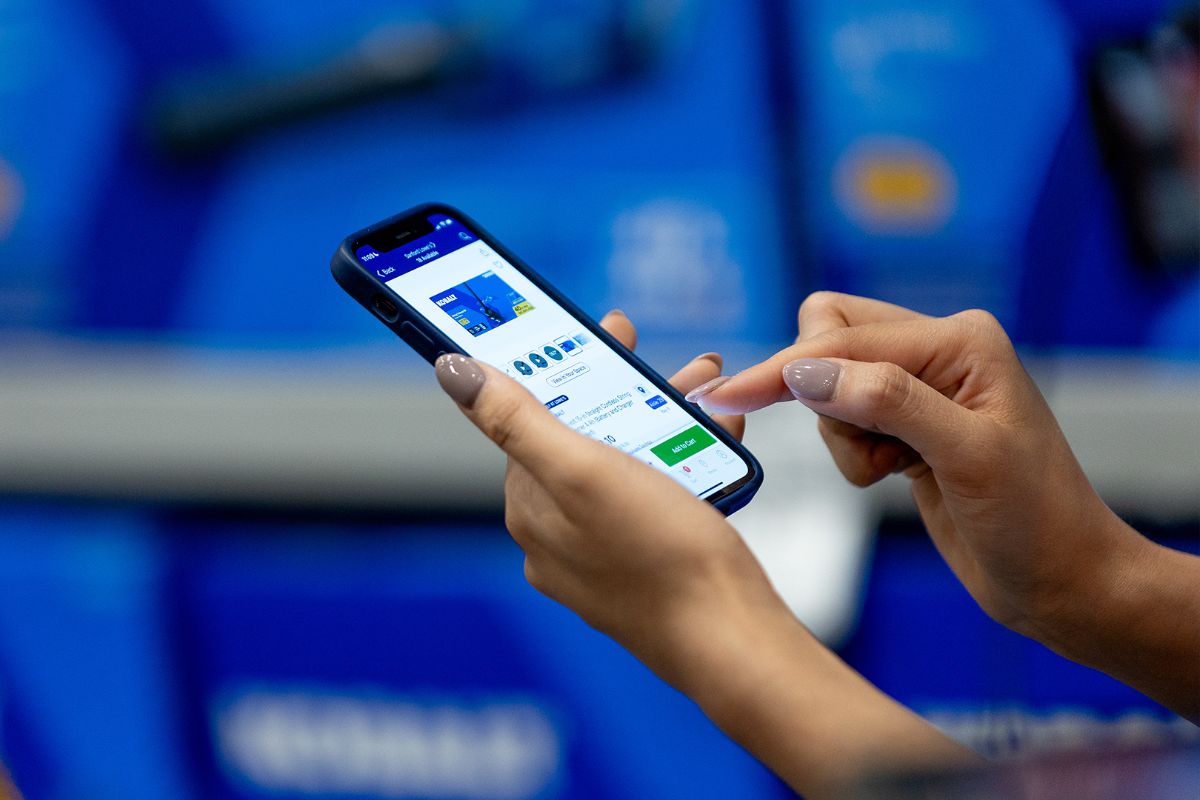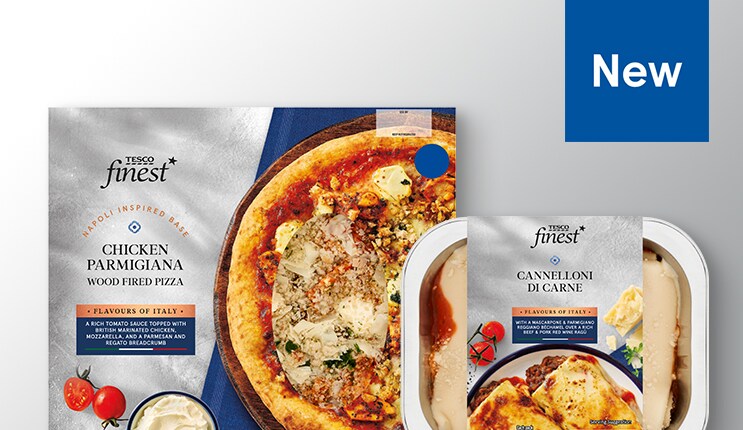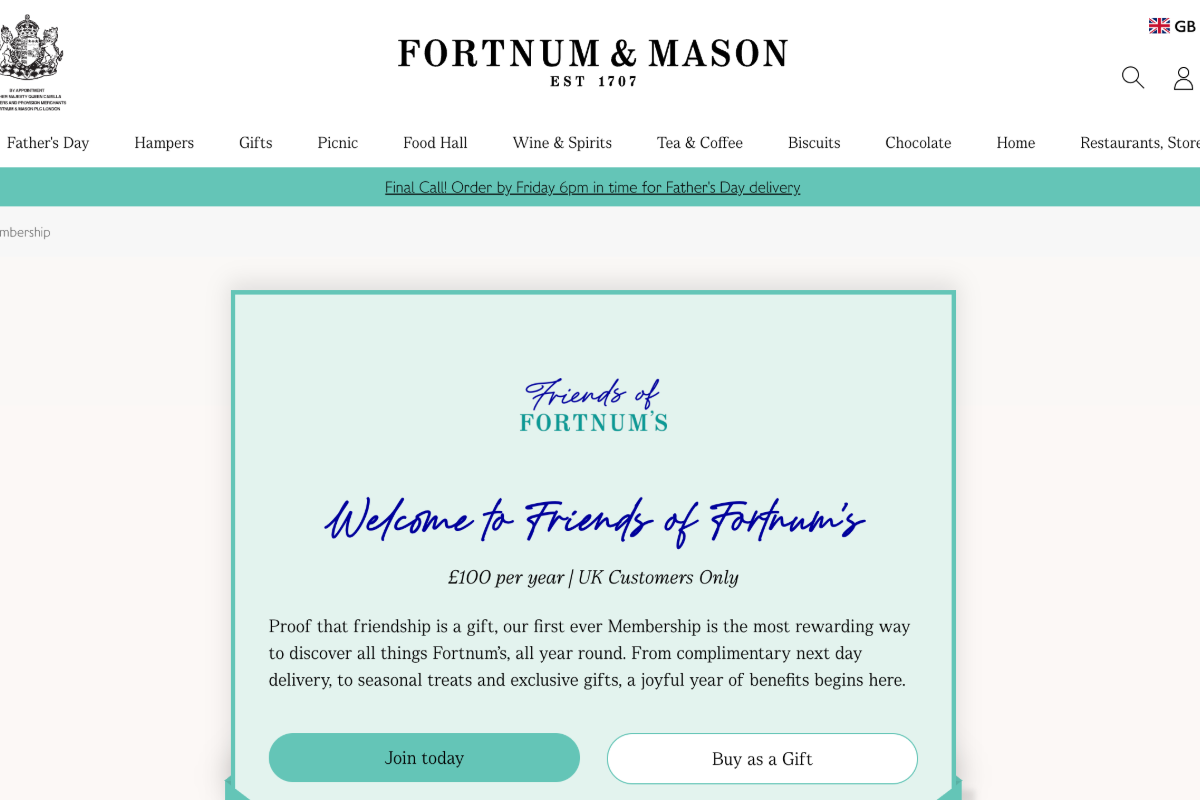Shoppers spent more in November than they did a year ago, but spent less online than last year while spending more in-store, new retail sales figures suggest.
Shoppers spent 5% more in November 2021 than they did a year ago, and 4.1% more than they did in pre-pandemic November 2019, according to the BRC/KPMG Retail Sales Monitor for November 2021. The bigger change, however, is in how shoppers spent.
Last November, non-essential retail stores were closed in a UK Covid-19 lockdown. As a result 71% of non-food retail spending took place online. This November, 47.5% of those sales were online, and shoppers spent 17.9% less than they did last November. At the same time they spent 18% more online than they did in November 2019, when 36.9% of sales were online. Given that this year there was no lockdown, the figures suggest that shoppers are now spending more online than they did before Covid-19, although, unsurprisingly, less than they did during Covid-19 lockdowns.
Helen Dickinson, chief executive of the British Retail Consortium, says: “While Christmas may or may not be getting earlier every year, Black Friday certainly is. The American holiday has now become a month-long affair in the UK, with deals spread over a longer period than ever before. As people prepared their wardrobes for the cold weather this winter, consumers took advantage of discounted clothing, shifting the focus of Black Friday from just electronics and household appliances. While e-commerce was significantly down on last year, when lockdown pushed more consumers online, it still remains almost one-fifth up on pre-pandemic levels, accounting for almost half of all Non-Food spend.
“Looking forward to Christmas, spending patterns suggest that sales could be more spread out than in previous years. Consumers, erring on the side of caution, are shopping for gifts earlier to get ahead of issues relating to shipping and transport. Meanwhile, retailers are doing everything they can to prepare stores, warehouses and deliveries ahead of Christmas, prioritising all the food and gifts that customers will need to enjoy the festive season.”
Rather than spending online, shoppers bought more in-store in the three months to November than they did last year, both in total (+30.5%) and on a like-for-like basis (+22.2%) that strips out the effect of store – and business – openings and closures. That’s below the longer-term, 12 month average of 34%. However, just as online sales have grown since 2019, so in-store sales have declined, and were 5.1% lower in total than in the same period in 2019.
The finding comes days after BRC/Sensormatic figures suggested that the number of people visiting shops in November 2021 was 15.7% lower than in November 2019.
Paul Martin, UK head of retail at KPMG, says: “Consumers determined to enjoy Christmas hit the high street in November with sales up 5% compared to last year. Apparel and jewellery dominated Christmas gift buying at the tills, whilst limited Black Friday promotions saw big purchases for the home and on technology put on hold as sales continued to fall in these categories.
“The high street dominated sales growth during November as consumers buoyed by the continued roll out of the vaccine programme, and eager to ensure they secured the gifts they want for Christmas, headed for physical stores to do their festive shopping. Online sales fell yet again in November, with only clothing sales seeing minor positive growth.
“Retailers will be hoping consumer confidence continues this month, while keeping close to Government Covid-19 updates, as we head to the vital few shopping weeks before Christmas. As we look ahead to the new year, rising costs continue to bite into margins and supply chain issues have impacted the availability of goods, leaving retailers with very little room for the mega discounting events we have seen in previous January sales. Rising inflation which could top 4% by the end of this year, is likely to prompt an interest rate rise sooner rather than later, which could dent consumer confidence and spending.”
Shoppers spent 0.1% more in total on food in the three months to November than they did last year, but 0.5% less on a like-for-like basis. Spending on food fell in November alone – perhaps reflecting the fact that shoppers were not able to go out and eat last November. Over the same period, they spent 3.9% more on non-food goods in total, and 0.9% more LFL. In November alone, shoppers spent more on non-food products than last year.
Susan Barratt, chief executive of grocery analyst the IGD, says: “Food and drinks sales in November struggled to compete with the same period in 2020 when sales soared as we entered the second national lockdown. However, activity did pick up in the second half of the month as shoppers started to ramp up spending in preparation for Christmas and the festive period.”









